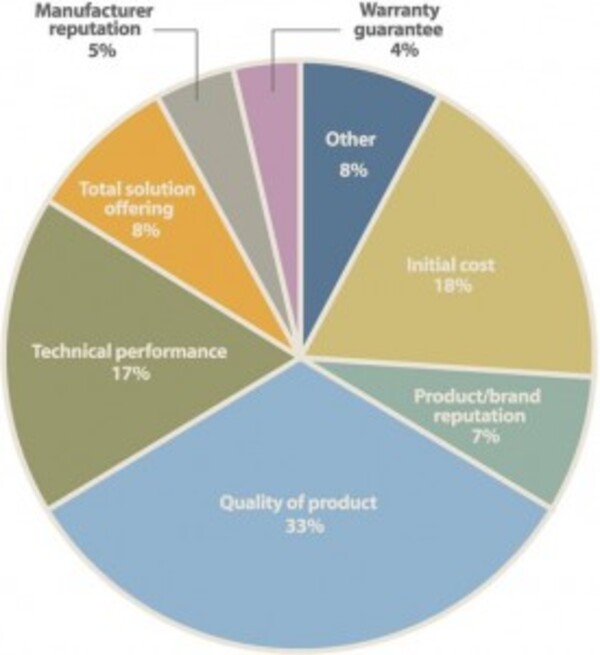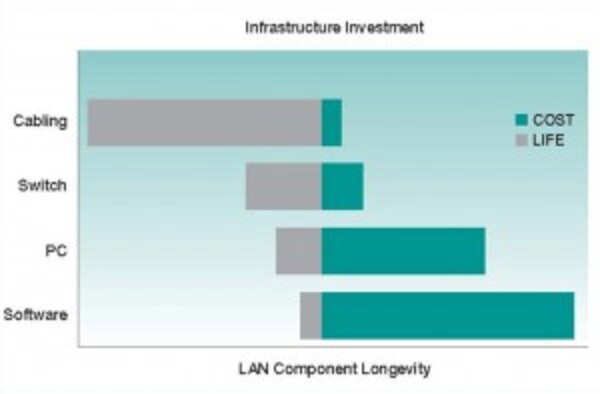When asked about what to look for in a network infrastructure solution, my starting points are u
No surprise there you might say, however the words ‘price’, ‘cost’ and ‘value’can all mean very different things depending on the scope and vision of what the user is aiming to achieve. The recent blog post by one of my colleagues, Jim Hulsey, illustrated examples of how ‘You get what you pay for’.
To compare the relative costs and merits of different solutions, each organization must evaluate their application needs, considering the various advantages of each solution type and their relative importance. Cost, ease of installation, moves and arrangements, current and anticipated applications, and the expected life of the system are typically major decision factors.
When evaluating cost, organizations sh
Considering cost should include the following:
- Initial installation cost, ensuring it covers adequately the specification to avoid unwanted extras and performance restrictions
- Administration, the network’s ability to be easily and inexpensively reconfigured
- The ability to support ever increasing bandwidth and data rates in the future
- Maintenance, the effort required to keep the system operating
- Life cycle value, the assurance of a warranty covering the applications and hardware
The cost of infrastructure should be viewed as part of the overall Total Cost of Ownership (TCO) of the network. Infrastructure is generally required to outlast any other IT technology by some considerable time, due largely to the expense and disruption to the business if required to be changed. However it is at the same time one of areas where a small percentage of the overall IT budget is spent, although in particular areas like Datacenters this may be more significant.
Any installed infrastructure solution should in my view meet three main requirements:
- Provide users with access to communications equipment irrespective of their location within a building or area
- Facilitate change control, so that users can be moved around a building, retaining access to their networking requirements, without incurring significant costs.
- Protect investment by being flexible enough to support the evolution of communication technology without costly re-cabling.
Many more important considerations probably come to mind, so please feel free to express your views.







